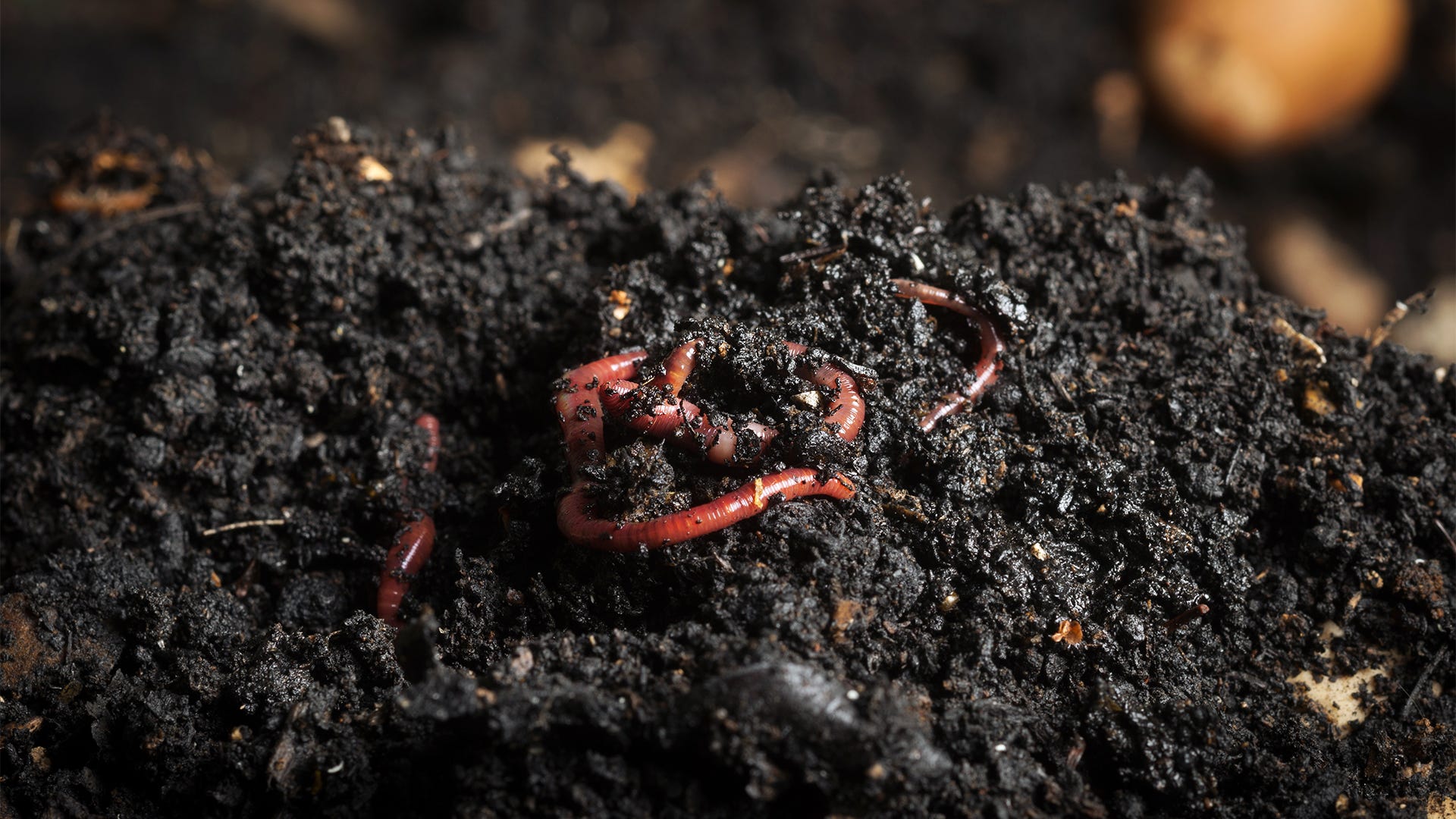The Single Strategy To Use For Red Wiggler Express
The Single Strategy To Use For Red Wiggler Express
Blog Article
The Best Guide To Red Wiggler Express
Table of ContentsRed Wiggler Express - An OverviewThe 4-Minute Rule for Red Wiggler ExpressRed Wiggler Express Things To Know Before You BuyRed Wiggler Express Fundamentals ExplainedExcitement About Red Wiggler Express
And the growing Red Worm populace? Even in the lot that was established up straight in front of yard composters with existing Red Worm swarms.
Lots of selections, consisting of Red Wigglers, European Nightcrawlers, and Lumbricus species were brought over from the European continent. Yet below's the thingNative or not - and as skilled as they are at having the ability to make it through in a wide-range of environments and problems -. In various other words, they are even more likely to socialize in any type of active composting systems you have established up, than they are to roam off and start ruining the environment.
Roots call for oxygen for respiration and count on smooth air flow within the dirt to thrive. Nevertheless, when it rainfalls, dirt can become saturated with water, decreasing the oxygen offered and preventing vitamins and mineral absorption - Worm Farms United States. To maintain an optimal balance, the soil should enable water to drain properly, leaving adequate area for air to support root health
Little Known Facts About Red Wiggler Express.

When it comes to worms for composting, what comes to mind? If you were an earthworm breeder, dealer, or simple gardener, after that you would certainly recognize that red wiggler worms are the excellent worms for vermicomposting. To find out even more concerning these earth marvels, reviewed a few of the red worm realities listed below.
(https://link-man.org/Red-Wiggler-Express_351719.html)But if they extend their bodies, you'll have the ability to see the stripes on their skin. When raising worms such as red wiggler worms, you must be able to know how to make great use of them. When you're able to maintain and take care of their habitat well, and also feed them the ideal sort of organic wastes, then they'll be able to generate nutrient-packed and quality-rich worm spreadings for you (additionally called worm poop or compost).
A Biased View of Red Wiggler Express
What do worms eat? Well, these red wriggler worms can be fed with kitchen area scraps and garden wastes. Any rotting natural stuff will do like veggie and fruit peels, smashed egg coverings, utilized tea bags, coffee grounds, grass cuttings, completely dry leaves, and others. Make sure not to feed them foods that are oily, citrusy, or has meat or dairy in them.

This behavior makes them well-suited permanently in worm containers, garden compost heaps, and other constrained spaces where organic waste is abundant. Producing an optimum environment for red wigglers calls for a thoughtful approach. Take into consideration the following crucial aspects to look after red wigglers in your home and guarantee their well-being: Use a bedding of shredded paper or cardboard.

Add a handful of dry, shredded newspaper if the bin ends up being too wet. Indeed, they do! Red wiggler worms duplicate by laying small, lemon-shaped eggs in protective cocoons. These cocoons are normally transferred in the bed linens and hatch into baby worms within a couple of weeks. The quick reproduction cycle of red wigglers is among the factors they are preferred for vermicomposting.
Indicators on Red Wiggler Express You Should Know
Their flexibility and durability have made them a popular choice for vermicomposting in numerous regions around the globe. Yes! They can make it through from a range of 32F to 90F. They are very versatile pests. Think about safety steps for extremely extreme temperature levels such as: Protecting the worm container with layers of straw or leaves.

When caring for your red wigglers it is essential to bear in mind to: 1) K.I.S.S (Maintain it Simple) and 2) every little thing in moderation. These guidelines apply to feeding your compost worms, watering your worm containers, and practically whatever else associated with caring for them. Simply keep in mind - you can always add more food later (yet it's hard to get rid of feed once it's been included in a bin!).
Due to the fact that I fed the red wigglers and compost worms way too much, they weren't able to maintain up and gradually the older food went uneaten and created anaerobic problems that killed the worms. The excellent news is that there are very easy actions you can require to ensure this doesn't take place! Here're the 6 principles for how usually and just how much to feed your worms: Guideline # 1: Moderation! You can always include more food later on.
Facts About Red Wiggler Express Revealed
Uneaten food will bring about anaerobic conditions that will kill your online worms. It is ok to spray a little of their initial bed linens (which needs to currently be in the bin) over the food, however the food needs to never be buried and need to show up to your eye. Regulation # 5: See guideline # 1! Policy # 6: After the initial feeding, feed the worms 1/3 to 1/2 of their weight.
Report this page